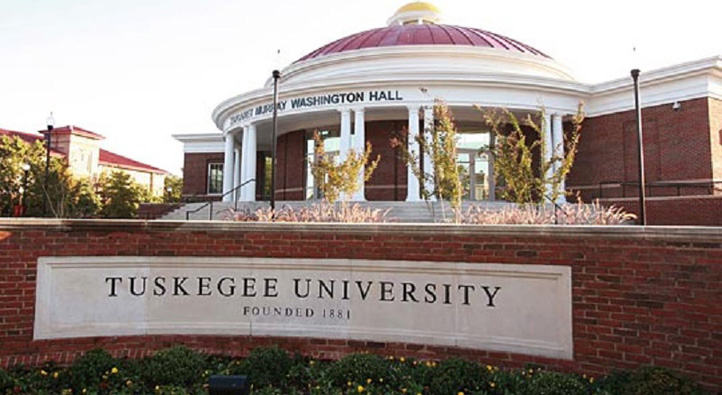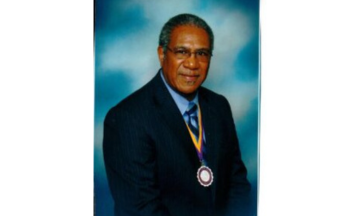As a culturally-exposed black student, I had a questions: How could I become fully educated if the history books and curriculum presents only one perspective of the world? My answer was to choose to attend Morehouse College in Atlanta, GA.
Eight years after graduation, this February I had the opportunity to speak at a White House panel celebrating Historically Black Colleges and Universities (HBCUs). But it was not without its soul-searching: What is so special about the HBCU experience? Why turn down Ivies and other top ranked institutions for HBCUs? Why don’t HBCU alum give back like other alumni? What purpose do HBCUs serve today?

An overview
HBCUs were created in the mid-1800s during segregation—a time when racism was explicit and educating students of color was neither a priority nor encouraged. Since that time, HBCUs have played a pivotal role in transforming the landscape of higher education in the U.S. Today, there are 100 HBCUs in 19 states plus D.C. and the Caribbean and enrollment stands at over 300,000.
Things could be going better. HBCU attendance by black students has fallen from 18% in 1976 to 8% in 2013. Schools are under-funded (more than half of HBCUs are public institutions) with low endowments and tepid support from private donors, including alumni. Students are experiencing increased student/family debt and depressed graduation rates, mainly due to financial pressures. But their core challenges are tightly related to access to capital and quality of resources, not a lack of talent, ability or intellectual prowess of its students or faculty.
Just 22% of black young adults had a bachelor’s or higher degree in 2014 compared with 61% of Asians and 41% of whites (15% for Hispanics and 31% for two or more races). The rebound of HBCUs may be the single most important fix to the educational attainment gap and its wide ripple effect in the economy and lives of black and all Americans. Here’s how.
Read more here.



